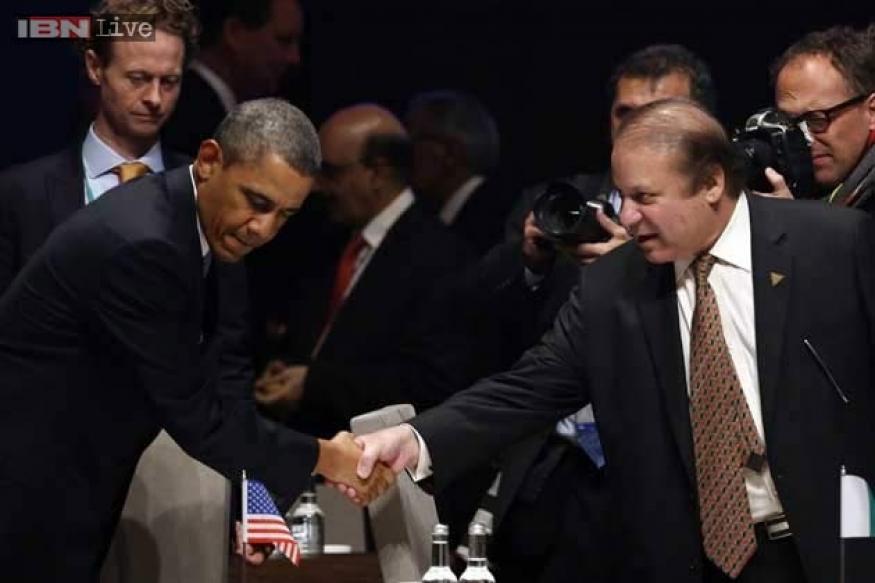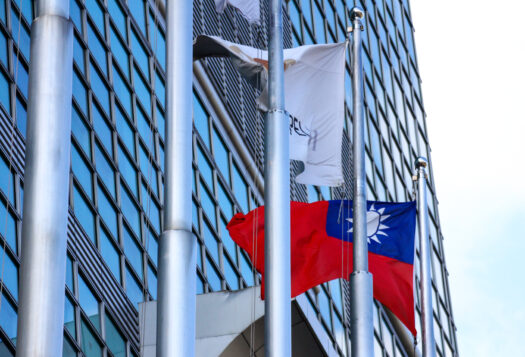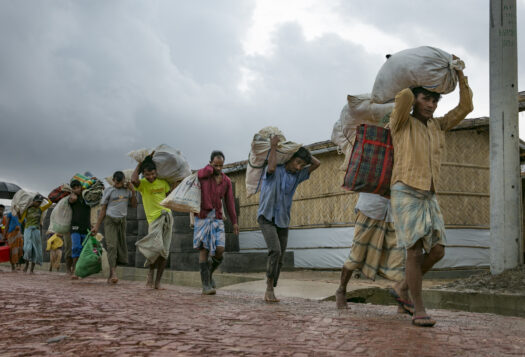
In a 2013 article, former diplomat Lamont Colucci had warned: “If South Asia becomes another in a series of Obama Doctrine failures, it will only be one of many, the legacy of which will be costly to repair.” Three years later, his words reverberated when President Obama claimed that “instability will continue for decades” in parts of Pakistan. Notwithstanding Pakistan’s argument to the contrary, the President’s unsavory reference to the country in his final State of the Union address is a testament to the failure of his South Asia policy. His policy in the region, like that of his recent predecessors, had a visible tilt towards India. This bias made it more difficult for his administration to be inclusive, and hindered its ability to fulfill non-proliferation priorities in South Asia.
A central element of the U.S.-India strategic partnership is the security engagement between the two countries. The Obama administration’s commitment to a strong and influential India in the security realm can be explained in terms of the importance of the greater Indian Ocean region for the United States. It is no wonder then that Pakistan is included in the U.S. Central Command while India is in the Pacific Command. According to its mission statement,
“With national and international partners, U.S. Central Command promotes cooperation among nations, responds to crises, and deters or defeats state and non-state aggression, and supports development and, when necessary, reconstruction in order to establish the conditions for regional security, stability, and prosperity.”
The mission statement of USPACOM, however, goes a step further when it says:
“We recognize the global significance of the Indo-Asia-Pacific region and understand that challenges are best met together. Consequently we will remain an engaged and trusted partner committed to preserving the security, stability and freedom upon which the enduring prosperity in the Indo-Asia-Pacific region depends. We will collaborate with the Services and other combatant commands to defend America’s interests.”
James S. Robbins’ 2004 analysis in America’s Viceroys: The Military and US Foreign Policy suggests including both India and Pakistan in the same area of responsibility under the direction of the United States. He convincingly argues thus: “If India and Pakistan were treated the same way the United States treats Greece and Turkey with respect to the European Command and NATO, then maybe both countries could retain healthy animosity within the larger context of a shared alliance with the United States.”
For the time being though, India remains the preferred U.S. partner. With Obama at the helm, Washington and New Delhi have sought to solidify their cooperation in East and Southeast Asia besides South Asia. The President’s second visit to India in January 2015 culminated in the Joint Strategic Vision for the Asia Pacific and Indian Ocean region. In comparison, the Islamabad-Washington relationship remained strained. The President never visited Pakistan during his entire tenure.
President Obama followed in his predecessor’s footsteps on another issue—the civilian nuclear deal with India. His January 2015 visit to New Delhi was touted as key to finally begin implementation of the nuclear agreement. The deal has been criticized variously for undermining the Nuclear Nonproliferation Treaty (NPT). Moreover, the United States also seems to have lost its leverage over India as a consequence of the deal. The experience of negotiating the agreement made India realize that a wait-and-see strategy could possibly help it get a better deal, without making too many concessions in return. For example, although India did agree to separate military and civilian installations, conclude IAEA safeguards agreements, and tacitly accept language on future nuclear testing, New Delhi made no commitment to cap or even reduce its fissile material stockpile.
Further, it negatively impacted the South Asian arms race as evidenced by Pakistan increasing its uranium, plutonium, and warhead production in the wake of the deal. Moreover, it also complicated the India-Pakistan peace process. A comprehensive South Asia approach and not one exclusively favoring India could have helped avert this situation.
It is unfortunate that President Obama would raise the issue of Pakistan’s instability, but not acknowledge that his drone policy contributed to at least some of it. Intensifying drone strikes in Pakistan has been termed a “covert war” that President Obama chose to pursue. Investigations into the strikes have found numerous civilian casualties, making the United States intensely unpopular among the Pakistani public. Even former Obama administration officials have expressed reservations. For example, Cameron Munter, former U.S. Ambassador to Pakistan, went as far as saying that drone strikes were destabilizing Pakistan.
The President has much to be proud of. The Iran nuclear deal and Obamacare are just a few examples of his many achievements. His South Asia policy, however, had many deficiencies. The recent thaw in the India-Pakistan relationship following Prime Minister Modi’s birthday diplomacy, and the cautious approach his administration adopted after the Pathankot incident highlight the importance of dialogue and cooperation between the two countries. The United States’ sage and balanced response to Pathankot seems to be based on the realization that terrorism is a regional problem, and that both India and Pakistan would need to be part of any solution to tackle the region’s issues. However, during most of Obama’s presidency, this wisdom was often missing.
***************
Editors’ note: Last week, President Obama kicked off his final year as president with the annual State of the Union Address. The speech seemed an auspicious time to ask questions about the President’s legacy, and for the current group of SAV Visiting Fellows to reflect on the consequence of American policies in South Asia during this period. In this four-part series titled “Obama’s Legacy in South Asia,” Hamzah Rifaat will explore the Obama administration’s drone policy in Pakistan’s tribal areas—Did they stop terror, or did they fan the flames of extremism? Or maybe both? Aditi Malhotra‘s article will examine U.S. efforts in Afghanistan and their impact on regional stability. Amina Afzal will be writing from Pakistan on whether the Obama administration tilted towards India, especially in the nuclear realm. And finally, Tridivesh Singh will look at whether President Obama was able to dehyphenate U.S. policy towards India and Pakistan, and what the rebalance has meant for South Asia.
Hopefully these articles will contribute to a vigorous debate in India, Pakistan, and Washington, D.C.
***
Image: Pool-AFP, Getty


